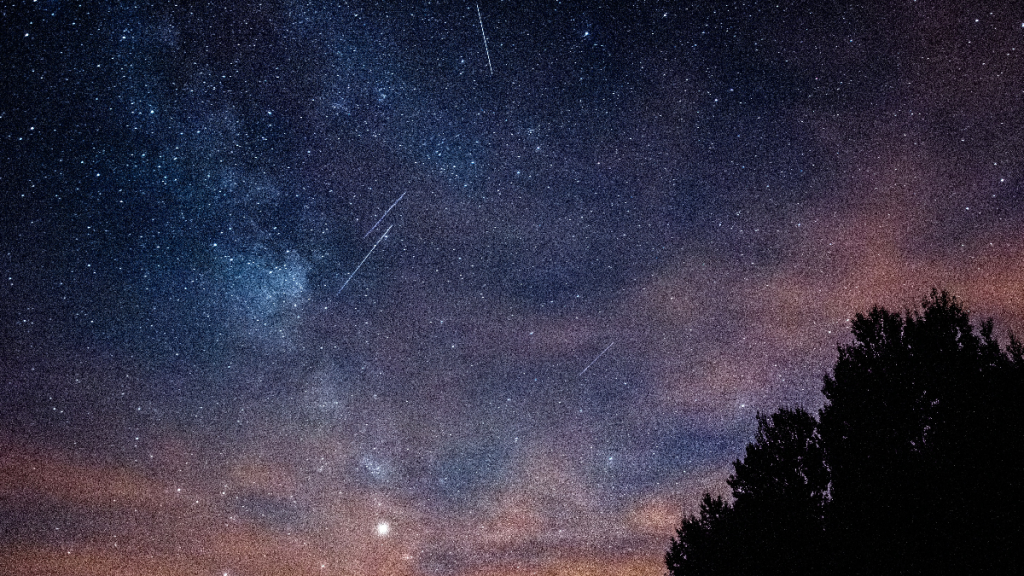The total solar eclipse may have come and gone, but starting next week, we’ll have a new reason to look at the sky—the Lyrid Meteor Shower, which could produce up to 100 meteors per hour during its peak.
Videos by InspireMore
The event will begin on April 15th and continue to grace the cosmos through April 29. During a typical night, stargazers will likely see about 10 to 20 meteors shoot through the sky per hour. But those looking for the best show should watch from about 9 pm on April 21 through the early hours of April 22, when the meteor shower will be most active. However, there is a chance for spontaneous outbreaks of meteor clusters every night. So be on the lookout.
NASA writes that the Lyrid Meteor Shower is one of the oldest known to man. Chinese astronomers first recorded the event in 687 B.C.E. That means that people have been watching it every year for the past 2,700 years.
The Lyrids happen when Earth passes through the C/1861 G1 Thatcher debris field. The comet takes 415 years to complete a full orbit, which means the brilliance of the annual shower depends on where it is at that particular time. This is the first time since 1861 has been in the inner solar system, and it won’t return until 2278. So this year will be a particularly intense and memorable show.
Tips For Watching The Lyrid Meteor Shower
When you head out to watch the meteors and shooting stars, be sure to cut down as much white light as possible. That means don’t glance at your phone screen because your eyes will have trouble adjusting between that and the night sky.
To avoid light pollution and get the best experience, try driving to a secluded, rural area or head to a state park. You could also check here to find a certified Dark Sky Place in your area.
While the meteors will appear to come from the Lyra constellation, NASA suggests looking away from that part of the sky while watching. The closer the Lyrids are to the origination spot, the shorter they will look from Earth.
“It is actually better to view the Lyrids away from their radiant,” the administration wrote. “They will appear longer and more spectacular from this perspective.”
You can find this story’s featured image here.
Want to be happier in just 5 minutes a day? Sign up for Morning Smile and join over 455,000+ people who start each day with good news.


